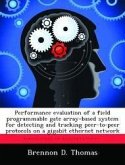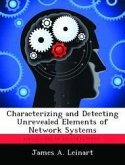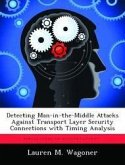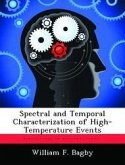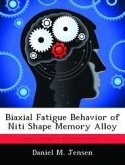This research is motivated by the creation of intelligently autonomous cybercraft to reside in the intangible environment of cyberspace and maintain domain superiority. Specifically, this paper offers 7 challenges to the development of such a cybercraft. The focus is analysis of the claims Hierarchical Temporal Memory (HTM). In particular, HTM theory claims to facilitate intelligence in machines via accurate predictions. It further claims to be able to make accurate predictions of unusual worlds, like cyberspace. The primary objective is to provide evidence that HTM facilitates accurate predictions of unusual worlds. The second objective is to lend evidence that prediction is a good indication of intelligence. A commercial implementation of HTM theory is tested as an anomaly detection system and its ability to define network traffic (a major aspect of cyberspace) as benign or malicious is evaluated. Through the course of testing the performance of this implementation is poor. An independent algorithm is developed from a variant understanding of HTM theory. This alternate algorithm is independent of cyberspace and developed solely (but also in a contrived abstract world) to lend credibility to the use of prediction as a method of testing intelligence.
Hinweis: Dieser Artikel kann nur an eine deutsche Lieferadresse ausgeliefert werden.
Hinweis: Dieser Artikel kann nur an eine deutsche Lieferadresse ausgeliefert werden.


